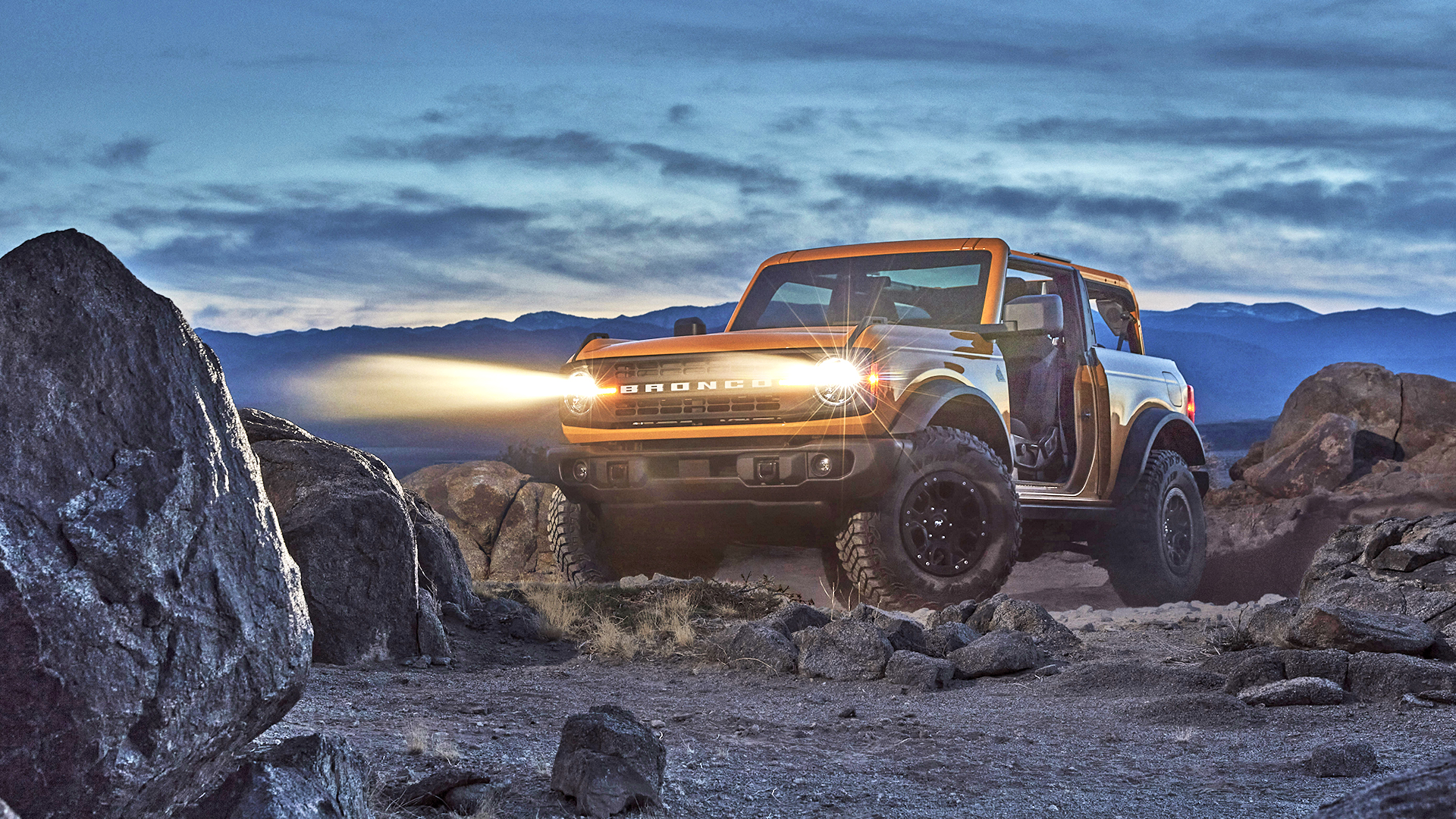

The new 2021 Ford Bronco is all the rage, and starting at below $30,000, it’s cheap for what you get. One of the reasons for that low price is its construction, which utilizes a lot of steel in the body and frame in lieu of lighter and more expensive materials. But cheaper isn’t the same as simpler. The Bronco’s seemingly basic bones are actually among the most interesting parts of Ford’s new SUV—it’s the first passenger vehicle to use a new kind of steel alloy from ArcelorMittal that might one day supplant aluminum as the lightweight metal of choice for automakers. Might.
Key to these so-called “Generation 3” steel alloys is that the metal can be drawn into thinner and lighter shapes without losing strength. Automakers have been searching for lighter, stronger materials for decades now, turning to everything from aluminum to plastic to carbon fiber in a quest for weight savings. But evidently there are still ways to make a better steel.

Yes, you’re reading an article about metallurgy right now. But I promise it’ll be worth your while. Consider that by working closely with Ford, global supplier ArcelorMittal was able to engineer a material that could be made up to 35 percent thinner than before while maintaining the same rigidity. Imagine being able to cut a third of the weight from major structural components of a vehicle without losing strength and you can see the potential here.
There’s just one issue: while the science behind the new steel in the Bronco isn’t a mystery, it’s still difficult to make it on a large scale. ArcelorMittal needs to figure out how to do that before talk of bringing the fight to aluminum can become a reality.
Michael Lizak, the company’s Global Automotive Technology Coordinator, told The Drive that the first hurdle is the close cooperation between ArcelorMittal and an automaker like Ford that’s required to safely and correctly produce Generation 3 steel for use in a mass-produced car. The material is not just sent to Ford in a massive roll to be pressed into finished parts. In fact, much of the hardening of the steel takes place at Ford’s facilities. The steel gains strength once it’s pressed into shape, and its final hardness is only realized after being held in an oven for twenty minutes at nearly 350 degrees Fahrenheit during the paint bake process.
You can begin to imagine, then, why this steel is not as simple to work with as others. Not only must Arcelormittal’s employees go to Ford’s factory to advise its engineers on the tooling and hardening of the metal, but the process to get the steel cooked up right before it even reaches that point is intensive. Steel in unwieldy form factors must be heated to extremely high yet precise temperatures, cooled down to equally precise temperatures—a process known as quenching—and then reheated again for a very specific amount of time and again at a specific temperature. If any of this meticulous heating and cooling is done unevenly, the finished metal simply won’t have the required properties. Arcelor also isn’t trying to do this one piece at a time, obviously. For the Bronco, it’s going to mean enough steel for hundreds of thousands of cars, all of which must be perfect.
As advanced as these materials are, however, these new steels are only being used in small quantities on the Bronco—around five percent of the total steel used. This may not sound like a lot, but Lizak estimates it represents something like 150 pounds of weight savings. Try lifting a 150-pound weight into your trunk and you tell me if it makes a difference.
ArcelorMittal believes it’s onto something here, that these new steels are capable enough to become a legitimate alternative to materials like aluminum, which Ford famously uses for the F-150 pickup’s body. Lizak wasn’t shy about predicting they might one day be able to talk Ford into reverting back to steel there. A bold claim.

John Cardwell, ArcelorMittal’s director of automotive sales, also told me that Ford likes to push the envelope when it comes to materials, which is not only why they decided to go with this new Generation 3 metal, but also why the new Bronco is 67 percent high-strength-steel, as opposed to the more traditional 45-50 percent range. That’s one of the reasons why ArcelorMittal thinks that the Bronco could receive an IHSS Safety Pick+, after crash simulations showed very promising results. And that’s also why it thinks Ford will be receptive to increasing the use of Gen3 steels in vehicles like the Ranger and Mustang.
As aluminum and carbon fiber get all the attention, conventional materials can still surprise, especially with the benefit of industrialized metallurgy and new advanced manufacturing techniques. The future of transportation will be built from a lot of things—and steel, strong and inexpensive, isn’t going anywhere.
Got a tip? Send us a note: tips@thedrive.com